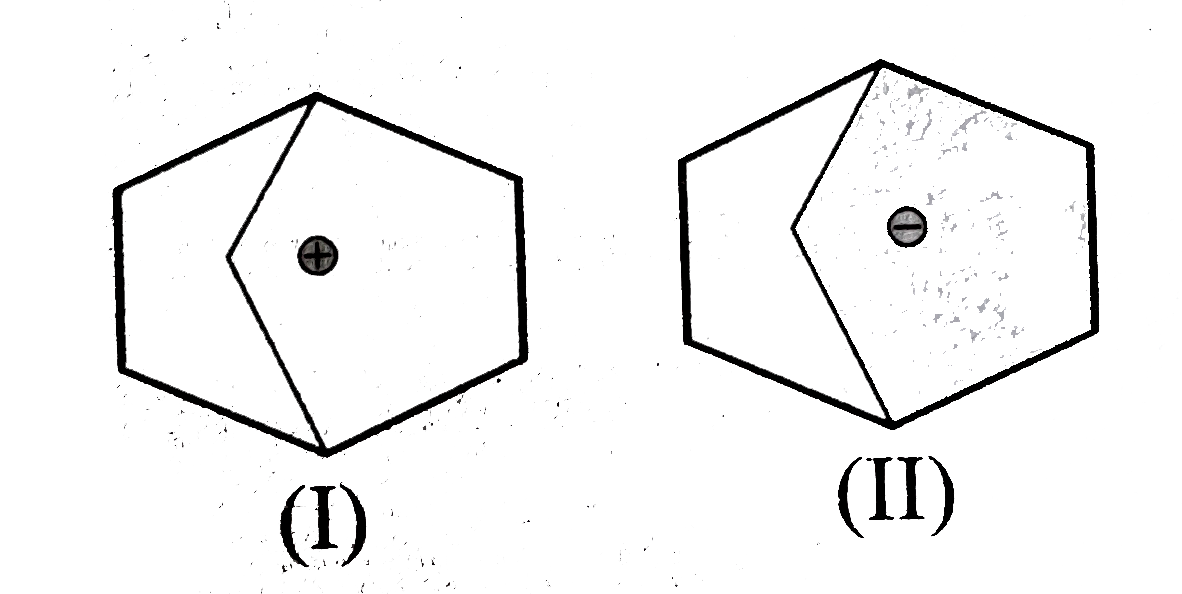Explain the
(CH3)3C− is less stable than ¯¯¯CH3.
To explain why (CH₃)₃C⁻ (tert-butyl anion) is less stable than C̅H₃ (methyl radical), we can follow these steps:
Step 1: Understand the Structures
- The structure of (CH₃)₃C⁻ consists of a central carbon atom bonded to three methyl groups and carrying a negative charge.
- The structure of C̅H₃ is a methyl radical, which has a central carbon atom bonded to three hydrogen atoms and has an unpaired electron.
Step 2: Analyze the Effects of Substituents
- In (CH₃)₃C⁻, the three methyl groups exert a +I (positive inductive) effect. This means they donate electron density towards the central carbon atom.
- In C̅H₃, there are no groups that exert a +I effect; instead, the carbon atom is bonded to hydrogen atoms, which do not have a significant inductive effect.
Step 3: Stability of Anions vs. Radicals
- The stability of anions is inversely proportional to the +I effect. This means that the more electron-donating groups (like the three methyl groups in (CH₃)₃C⁻), the less stable the anion becomes because the negative charge is destabilized by the excess electron density.
- In contrast, the methyl radical C̅H₃ does not have this issue because it does not carry a negative charge. The unpaired electron is less affected by the absence of strong electron-donating groups.
Step 4: Conclusion on Stability
- Therefore, the presence of three methyl groups in (CH₃)₃C⁻ destabilizes the negative charge due to the +I effect, making it less stable than C̅H₃, which is more stable as it does not have the destabilizing effect of excess electron density.
Summary of Stability Order
- The stability order can be summarized as:
- C̅H₃ (more stable) > (CH₃)₃C⁻ (less stable)
- The structure of (CH₃)₃C⁻ consists of a central carbon atom bonded to three methyl groups and carrying a negative charge.
- The structure of C̅H₃ is a methyl radical, which has a central carbon atom bonded to three hydrogen atoms and has an unpaired electron.
- In (CH₃)₃C⁻, the three methyl groups exert a +I (positive inductive) effect. This means they donate electron density towards the central carbon atom.
- In C̅H₃, there are no groups that exert a +I effect; instead, the carbon atom is bonded to hydrogen atoms, which do not have a significant inductive effect.
- The stability of anions is inversely proportional to the +I effect. This means that the more electron-donating groups (like the three methyl groups in (CH₃)₃C⁻), the less stable the anion becomes because the negative charge is destabilized by the excess electron density.
- In contrast, the methyl radical C̅H₃ does not have this issue because it does not carry a negative charge. The unpaired electron is less affected by the absence of strong electron-donating groups.
- Therefore, the presence of three methyl groups in (CH₃)₃C⁻ destabilizes the negative charge due to the +I effect, making it less stable than C̅H₃, which is more stable as it does not have the destabilizing effect of excess electron density.
- The stability order can be summarized as:
- C̅H₃ (more stable) > (CH₃)₃C⁻ (less stable)
Topper's Solved these Questions
- ORGANIC CHEMISTRY : SOME BASIC PRINCIPLES AND TECHNIQUES BOOK - ICSECHAPTER - ORGANIC CHEMISTRY : SOME BASIC PRINCIPLES AND TECHNIQUES EXERCISE - VERY SHORT ANSWER TYPE QUESTIONS
87 Videos
- ORGANIC CHEMISTRY : SOME BASIC PRINCIPLES AND TECHNIQUES BOOK - ICSECHAPTER - ORGANIC CHEMISTRY : SOME BASIC PRINCIPLES AND TECHNIQUES EXERCISE - SHORT ANSWER TYPE QUESTIONS
110 Videos
- ORGANIC CHEMISTRY : SOME BASIC PRINCIPLES AND TECHNIQUES BOOK - ICSECHAPTER - ORGANIC CHEMISTRY : SOME BASIC PRINCIPLES AND TECHNIQUES EXERCISE - NCERT TEXT-BOOK EXERCISES (WITH HINTS AND SOLUTIONS )
72 Videos
- HYDROGENBOOK - ICSECHAPTER - HYDROGENEXERCISE - NCERT TEXT-BOOK EXERCISE (With Hints and Solutions)
53 Videos
- REDOX REACTIONS (OXIDATION AND REDUCTION)BOOK - ICSECHAPTER - REDOX REACTIONS (OXIDATION AND REDUCTION)EXERCISE - NCERT TEXT-BOOK. EXERCISES ((With Hints and Solutions)
69 Videos
Similar Questions
Explain why (CH3)3+Cis more stable than CH3+CH2 and CH3 is the least stable cation
View SolutionConsider the fallowing statement :
(I) CH3OC⊕H2 is more stable that CH3CH⊕2
(II) Me3C⊕ is more stable than CH3CH2C⊕H2
(III) CH2=CH−C⊕H2 is more stable than CH3CH2C⊕H2
(IV) CH2=C⊕H is more stable thn CH3C⊕H2 of these statement:
View Solution
Knowledge Check
The species CH3+CHCH3 is less stable than :
A(CH3)3C+BCH3CH2+CH2CCH3+CH2DCH+3The carbocation CH3+CHCH3 is less stable than
ACH3CH2+CH2B+CH2C(CH3)3+CDCH3+CH2
Statement-1: CH3CH2⊕CH2 is less stable than CH3−N∣H−⊕CH2
and
Statement-2: Carbocation with adjacent hetero-atom like N O are less stable .
View SolutionAssertion: (C2H5)3N is less basic than trimethylamine (CH3)3N
Reason: Due to hyperconjugation of C2H5 is less than methyl.
View SolutionCH3COO− ion is more stable than C2H5O− ion. Assign reason.
View SolutionAssertion : HC≡C− is more stable than H2C=CH− .
Reason : HC≡C− has more s-character than H2C=CH−.
View SolutionExplain the following :
(a) Why MeNH⊕CH2 (I) is more stable more than MeCH2⊕CH2 (II) when both are 1∘ carbocations ?
(b) Which of the following intermediate is unstable ?

( c) Why allylic free radical (CH2−CH=CH2)(I) is more stable than propy1 free radical (.CH2−CH2−CH3)(II), when both are 1∘ free radicals ?
View SolutionA : C2H5−+CH—C2H5 . is more stable than CH3−+CH−CH3
R : Positive inductive effect of C2H5 group is less than CH3—group.
View Solution
